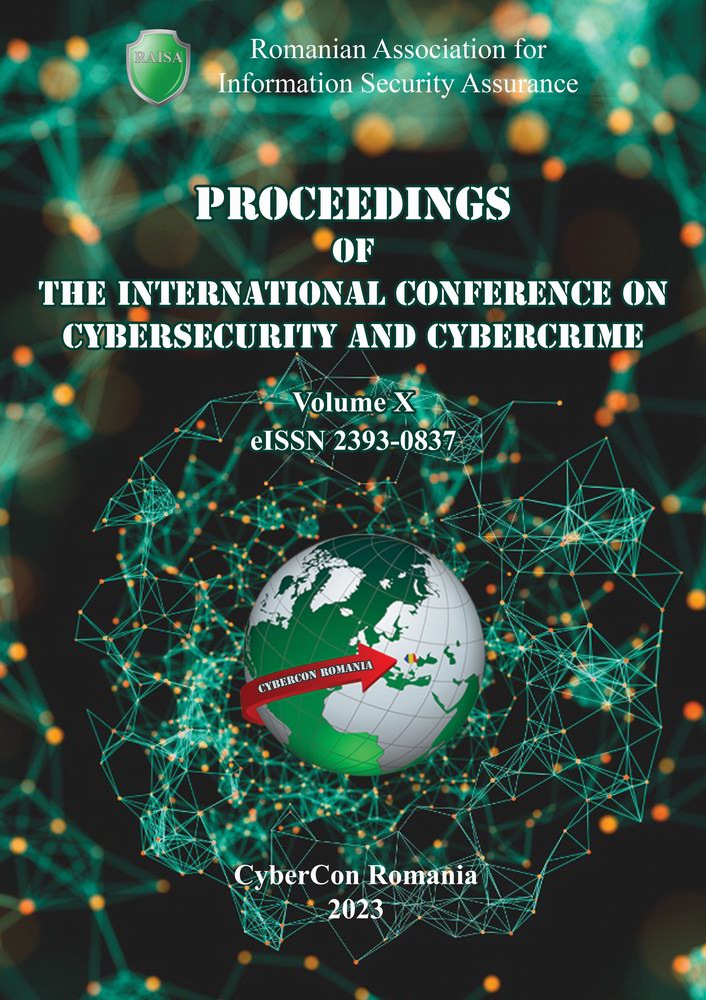Methods for Detecting Malware Using Static, Dynamic and Hybrid Analysis
Methods for Detecting Malware Using Static, Dynamic and Hybrid Analysis
Author(s): Alexandru-Radu BELEA
Subject(s): Economy, ICT Information and Communications Technologies
Published by: Asociatia Romana pentru Asigurarea Securitatii Informatiei
Keywords: dynamic analysis; hybrid analysis; malware; PE file; static analysis;
Summary/Abstract: Malware analysis is the process of locating and examining malicious software or code with the aim of comprehending its operation and developing countermeasures. Malware can take many forms, such as viruses, worms, Trojans, and ransomware, and can cause significant harm to individuals, organizations, and even entire countries. To determine a piece of malware's purpose, potential effects, and capabilities, malware analysis entails examining the behavior, structure, and functionalities of the malware. Malware analysts are essential to the cybersecurity sector because they strive to spot dangers, eliminate them, and defend against online attacks. By using the knowledge gleaned from malware analysis, security solutions can be created that will better protect businesses from dangerous software. Malware analysis is a crucial part of any successful cybersecurity strategy in the continually changing threat landscape of today. In this article, we will explore the key concepts of malware analysis, including its purpose, techniques, and tools and we will contrast methods for detecting malware using static, dynamic, and hybrid analysis.
Book: Proceedings of the International Conference on Cybersecurity and Cybercrime - 2023
- Page Range: 258-265
- Page Count: 8
- Publication Year: 2023
- Language: English
- Content File-PDF

